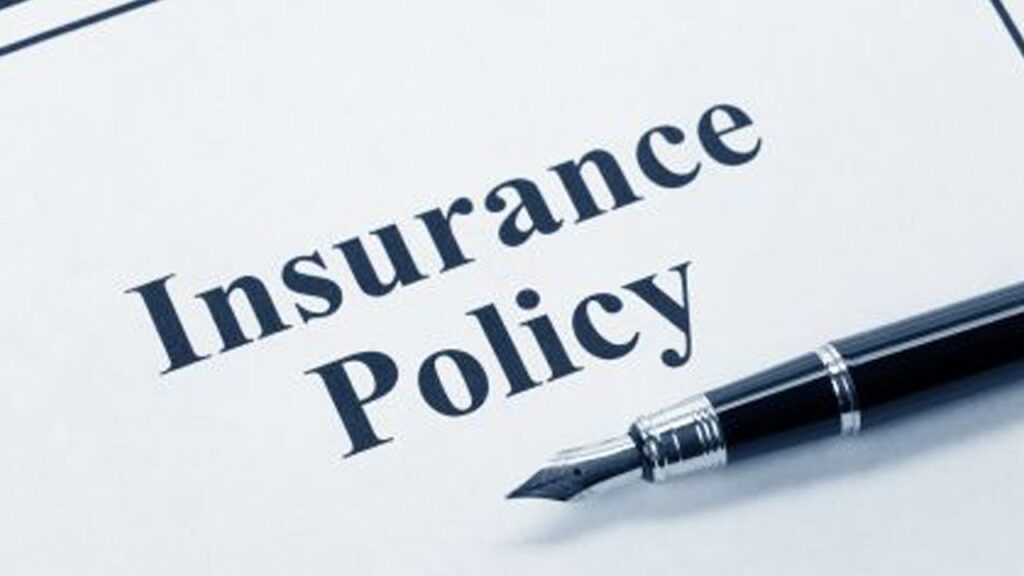The process of claims management is often more intricate than it appears at first glance. While policyholders may primarily focus on securing coverage and receiving timely payouts, insurers face the critical task of ensuring that claims are handled accurately, fairly, and within the framework of the policy.
One of the most crucial, yet often underappreciated, components of claims management is the investigation of policy limits. Understanding and verifying policy limits is essential not only for insurers but also for policyholders, as it can significantly influence the outcome of a claim.
Understanding Policy Limits
A policy limit refers to the maximum amount an insurance company will pay for a covered loss under a particular policy. These limits can apply per incident, per policy term, or per type of coverage. For example, a homeowner’s insurance policy may have separate limits for property damage, personal liability, and medical payments. Similarly, an auto insurance policy could include limits for bodily injury per person, per accident, and property damage.
Policy limits are established at the time of underwriting, based on a variety of factors, including the insured’s risk profile, the value of the insured asset, and regulatory requirements. They serve as a financial cap for the insurer, ensuring that losses remain manageable.
While also protecting the insured from catastrophic financial exposure. However, the mere existence of a policy limit does not guarantee a smooth claims process; the limits must be accurately verified and applied to each claim to prevent disputes and ensure fair settlements.
The Role of Policy Limit Investigations
Policy limit investigations are detailed reviews conducted to verify the specific coverage available to a policyholder at the time of loss. This process involves examining the terms and conditions of the policy, endorsements, exclusions, and any other relevant documentation. The investigation may also require communication with underwriters, brokers, and other parties to clarify ambiguities or address discrepancies in coverage.
The importance of these investigations cannot be overstated. They serve multiple purposes, including:
Ensuring Accurate Settlements: A thorough policy limit investigation ensures that the insurer pays the correct amount for a claim. Paying more than the policy limit could result in financial loss for the insurer, while paying less could expose the insurer to litigation. Accurate verification helps maintain trust between the insurer and the insured while ensuring compliance with contractual obligations.
Preventing Coverage Disputes: Disputes over insurance coverage are common, particularly in high-value claims or claims involving multiple policies. By conducting a comprehensive investigation into policy limits, insurers can clarify the exact scope of coverage and mitigate the risk of disputes. This proactive approach reduces the likelihood of litigation and fosters better relationships with policyholders.
Protecting Against Fraud: Insurance fraud is a persistent challenge in the industry. Policy limit investigations help identify inconsistencies between the claimed loss and the available coverage. For instance, a claimant might attempt to exaggerate damages, assume coverage exists for an excluded peril, or make multiple claims across overlapping policies. Verifying limits carefully allows insurers to detect potential fraud and take appropriate action.
Informing Risk Management Decisions: Investigations provide valuable insights into an insurer’s risk exposure. By understanding the distribution of policy limits across various claims, insurers can make informed decisions about underwriting practices, reinsurance needs, and pricing strategies. This helps maintain financial stability and ensures that the company can meet its obligations to policyholders.
Challenges in Policy Limit Investigations
While the benefits of policy limits are clear, the process is not without challenges. One major difficulty is the complexity of modern insurance policies. Policies may include numerous endorsements, riders, and cross-references that affect coverage. Determining the applicable limit for a particular loss can require meticulous attention to detail and a deep understanding of policy language.
Another challenge is dealing with multiple layers of insurance. In some cases, a claim may involve primary, excess, or umbrella policies, each with its own set of limits. Coordinating these layers to determine the total available coverage can be complicated, especially when policies overlap or contain exclusions that limit coverage for specific types of claims.
Time pressure can also complicate investigations. Policyholders expect timely claim resolutions, but thorough verification of policy limits can be a lengthy process. Insurers must balance the need for speed with the necessity of accuracy, ensuring that claims are neither underpaid nor delayed unnecessarily.
Best Practices for Conducting Policy Limit Investigations
Given these challenges, insurers can adopt several best practices to improve the effectiveness of policy limits:
Detailed Documentation Review: Start by reviewing the policy, endorsements, and related documents in detail. Pay attention to the language that defines coverage limits, conditions, and exclusions. Ensure that all policy amendments and renewals are considered.
Communication and Clarification: Engage with underwriters, brokers, and policyholders to clarify any ambiguities. Document all communications for future reference.
Use of Technology: Modern claims management software can assist in tracking policy limits, identifying overlaps, and flagging potential conflicts. Leveraging technology ensures that investigations are thorough and consistent.
Cross-Referencing Policies: In cases involving multiple policies, cross-reference coverage to determine the total available limit. Identify primary and excess layers, and ensure that payments are allocated appropriately.
Training and Expertise: Ensure that claims adjusters and investigators are trained in reading complex policy language and understanding the implications of different types of limits. Expertise is crucial for preventing errors and disputes.
Conclusion
Policy limit investigations are a fundamental aspect of insurance claims management. They ensure that claims are handled accurately, protect insurers from financial loss, reduce the potential for disputes, and enhance overall risk management.
While the process can be complex and time-consuming, adopting best practices, leveraging technology, and fostering clear communication can greatly improve the efficiency and effectiveness of investigations.
For policyholders, understanding the importance of policy limits and the role of investigations can lead to better expectations and smoother interactions with insurers. For insurers, meticulous investigations are not merely a procedural necessity.
They are a strategic imperative that safeguards financial stability, builds trust, and reinforces the integrity of the insurance process. In a field where precision and accountability are paramount, policy limits are an indispensable tool for achieving fair and equitable outcomes.



